The Explorer's initial run was unsuccessful, and the model was discontinued in 1959. In 1976, Gibson began reissuing the Explorer after other guitar companies had success selling similar designs. The Explorer became especially popular among the hard rock and heavy metal musicians of the 1970s and 1980s.
First Explorers
Gibson produced very few Explorers during the 1958 run of the original Korina wood model. Because production records are unclear, it is not known exactly how many were made, but the original run total has been estimated at less than 50.
After the first few guitars, the Explorer had a long drooping headstock with the tuners placed in a straight line on one side (referred sometimes as "banana" and "hockey-stick"). This design has been popularized by Grover Jackson, founder of Jackson Guitars and other electric guitar makers such as Kramer and Hamer 20 years later. However, the very earliest Explorers made between 1957 and spring 1958 featured an unusual "split"-shaped head with the tuners placed in a standard 3+3 arrangement, carried over from the Explorer prototype (better known as the Futura).
The 1958-59 korina Explorer is one of the most valuable production-model guitars on the market, ranked at #4 on the 2011 Top 25 published by Vintage Guitar, worth between $250,000 and $310,000.
Explorer variations
There have been several variants produced by Gibson. These include several smaller-bodied, more "user friendly" versions such as the X-Plorer Studio; the Matthias Jabs designed Explorer 90 (named so because it was 90% the body size of a regular Explorer), and the Explorer Pro, introduced in 2007. In 1979, Gibson introduced the E2 model (also known as the Explorer II), featuring a 5 piece walnut/maple laminated construction and a contoured body. This model was discontinued after 1983. Gibson also produced a range of Explorer models between 1981 and 1984 with high-output "Dirty Fingers" pickups, maple neck and body, and a bound figured maple top available in natural, cherry sunburst, or vintage (tobacco) sunburst finishes: these were alternately named E/2, Explorer CMT, or The Explorer. From 1983 to 1989, the standard Explorer had an alder body and control knobs arranged in a triangle pattern (rather than a straight line as on the original model). In 1984 and 1985, Gibson produced the Explorer III, with three single-coil P-90 pickups and an alder body, as well as the Designer Series Explorer (and Flying V), which had factory-painted graphics in geometric and "Artist Original" designs. In 1998, Gibson introduced an Explorer in its "Gothic" line, which featured Gibson's guitars (including the Explorer, Flying V, SG, and Les Paul) in matte black finishes.
Several variants are also produced by Epiphone, Gibson's lower cost, offshore operation. These include a model produced in Korina Wood and Epiphone's own "Goth" model, available with a stop-tail or Floyd Rose locking tremolo bridge. Epiphone also produced an Explorer Bass in ebony black and velvet natural finishes with two humbucking pickups and a 34"-scale 22-fret dark rosewood fingerboard. The Explorer Bass employs a set-neck design rather than the bolted-neck construction used in the Epiphone version of the Gibson Thunderbird. (Gibson produced some 32"-scale Explorer basses in the 1980s, including one model that featured a futuristic piezo pickup in place of the traditional pickups found on the other models)
In 2001 Gibson produced limited editions of Eric Clapton's modified 1958 Explorer, the Explorer Clapton Cut, featuring a shortened bass bout that allows more comfortable arm positioning and the Explorer Split Headstock, a faithful recreation of the original 1958 Korina Explorer with the "forked" headstock found only on the very earliest examples..
In 2008 Gibson released two new versions of the guitar, the first of which was the "50 Year Commemorative Explorer". This version features a solid mahogany body with AA-grade maple top, and the body style is the so-called "new retro Explorer", meaning the edges have been rounded off. The second is called the "Reverse Explorer" due to its inverted body style. The reverse model features a carbon fibre-like pickgaurd and inlays as well as a McCarty-era inspired headstock. Only a limited run of 1000 of each model were built for the Guitar of the Month feature. The same year Gibson released also the Robot Explorer, an Explorer version of the Gibson Robot Guitar together with a similar version of the Flying V featuring custom red metallic nitrocellulose finish, ebony fingerboard with white lining and trapezoid inlays and lacking a pickguard. Production of this guitar has been discontinued supposedly during 2008.
In 2009, the company released two new versions of the guitar, the first of which was the Tribal Explorer. It features a Kahler-style tremolo and tribal designs and lacks a pickguard. The final new 2009 model is the Holy Explorer, designed as a counterpart to the Holy V, and it has numerous notches cut right through the body of the guitar. After creating Matt Heafy of Trivium a white seven string Explorer, Gibson released a statement that they will make a production seven string Explorer. The production is aimed more towards the more metal players, having active EMG pickups (81-7 bridge & 707 neck), no fretmarkers on the fretboard, while maintaining the classic Explorer characteristics, such as a rosewood fretboard, 22 frets, 24.75 scale length and a 12 inch radius. However, it is still unclear if Gibson will offer different colors besides black, and alternate fretboard species.
Other makers
The Hamer Guitar company created a tribute to the Explorer in 1974 called the Hamer "Standard". This model typically differed from the original Explorer in that it had no pickguard and a mahogany body with a highly figured maple top in a cherry sunburst finish, though custom finishes were also available. Gaining popularity with the hard rock musicians of the day, including Rick Nielsen, Hamer's success led the way for other copies and was partly responsible for prompting Gibson's own decision to reissue the Explorer.
The Jackson guitar company (now a subsidiary of Fender) was once sued by Gibson for their line of Kelly guitars, which are very similar to the Explorer, although more lightweight. The Kelly was sleeker and lighter, basically the same shape, but with beveled edges.
High-end guitar company Alembic Inc produced a few custom made bass guitars for the late John Entwistle of the Who. These basses had the body shape of the Explorer. After his death, Alembic released a limited number of the bass guitars based on John's custom basses. Warwick also produces the Stryker basses, based on the custom Explorer-style basses.
Ibanez introduced the Destroyer model in the 1970s, with a Korina coloured Japanese Sen body which closely resembled the original Gibson Explorer. In about 1981, Ibanez changed the shape of the Destroyer body: although the new Destroyer II model was still clearly inspired by Gibson's original Explorer design, the body lines were modified, most notably around the treble "horn" and the rear edge, and the headstock no longer resembled the Gibson "hockey stick" shape.
Other Explorer-esque guitars include ESP's EX, Dean Guitars' Z, Greco guitars' Explorer, Aria Pro II, Gaskell Guitars' Classic, Brumby and X-Bass (left handed versions only), Kramer's Condor, Peavey's Rotor series, Rondo Music's Douglas Halo and Agile Ghost, and Gordon-Smith's Explorer.
Gibson owns U.S. Trademark registration number 2641548, for the mark EXPLORER in connection with guitars. Gibson also owns U.S. Trademark registration number 2696053, for the Explorer's headstock design, and number 2053805, for the Explorer's body shape design. However, the enforceability of the latter two design trademarks is uncertain, in light of Gibson's unsuccessful lawsuit against PRS Guitars for allegedly infringing Gibson's Les Paul shape. In 2005, the United States Court of Appeals for the Sixth Circuit ordered summary judgment against Gibson in that action, on the grounds that there was no evidence to support a finding of likelihood of confusion.
Gibson USA
Melody Maker Explorer
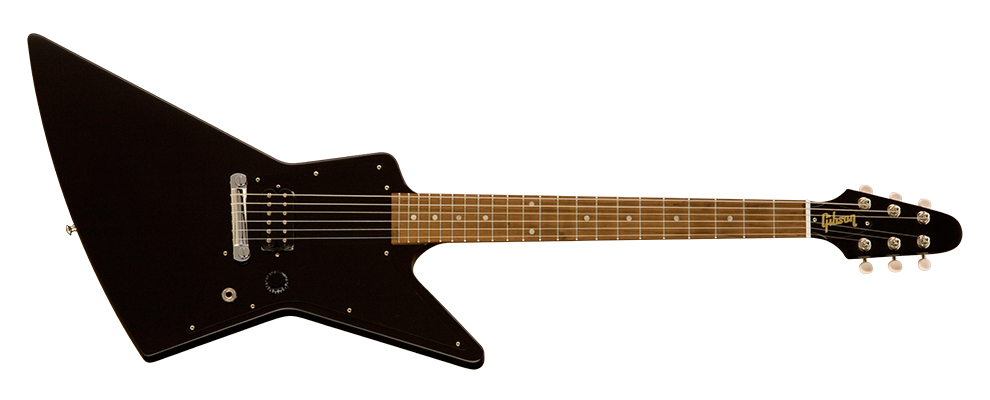
Gibson USA
Explorer Tremolo
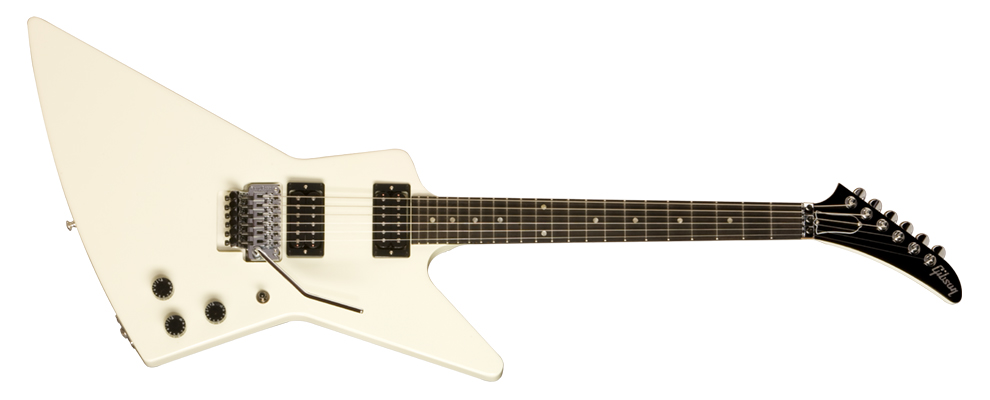
Gibson USA
Sammy Hagar Signature Explorer
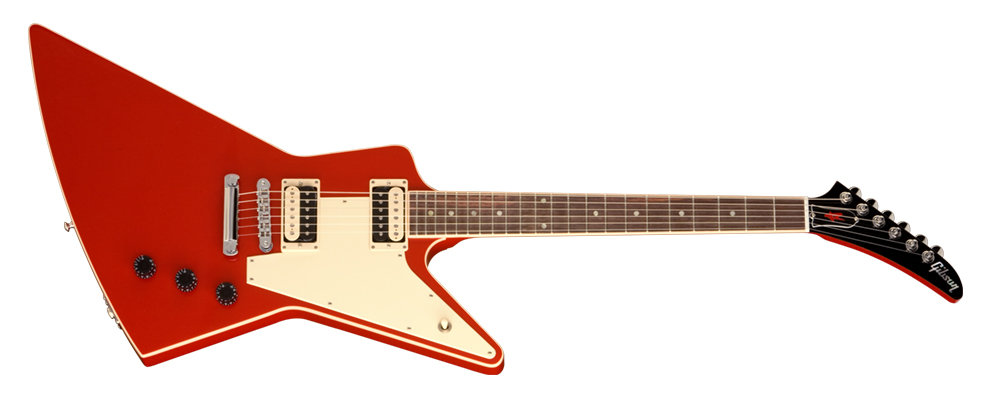
Gibson USA
Explorer Vampire Blood Moon
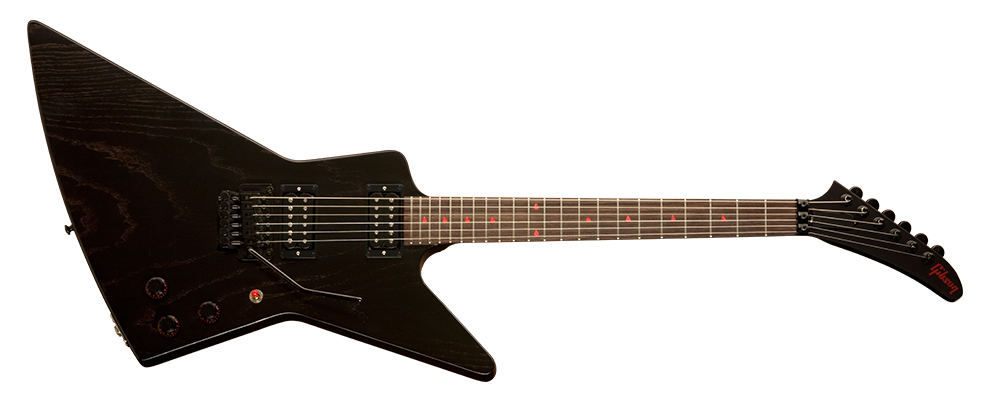
Gibson USA
Dethklok "Thunderhorse" Explorer

Epiphone
Explorer GT

Gibson USA
7-String Explorer
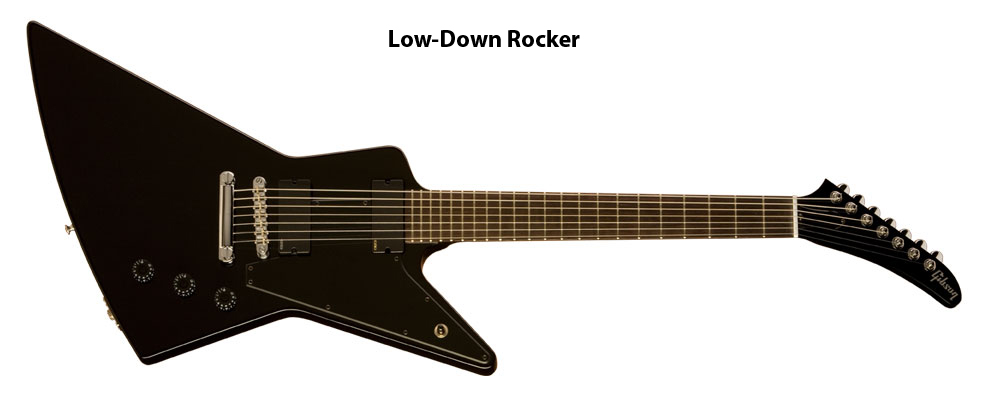
Gibson USA
Tribal Explorer
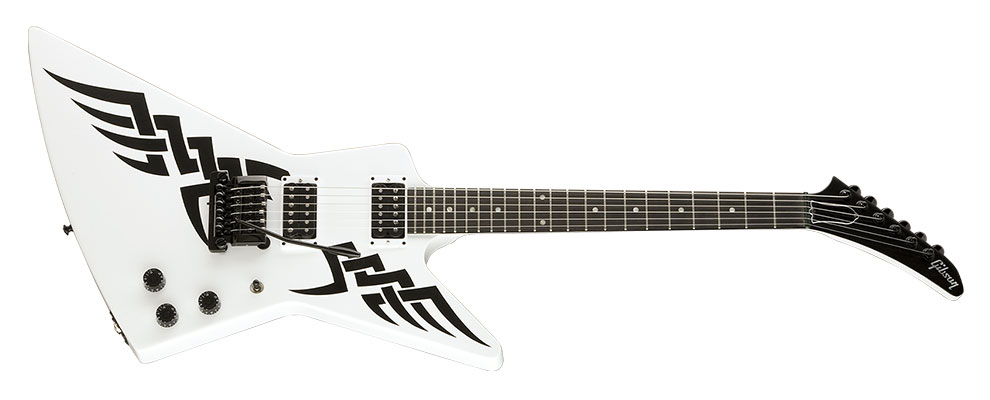
Gibson USA
Robot Explorer

Gibson USA
Explorer
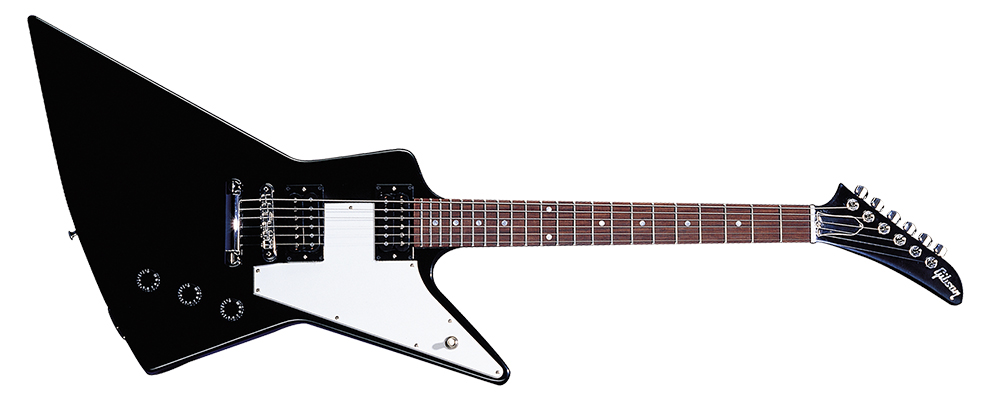
Gibson USA
Holy Explorer

Epiphone
Marcus Henderson Apparition
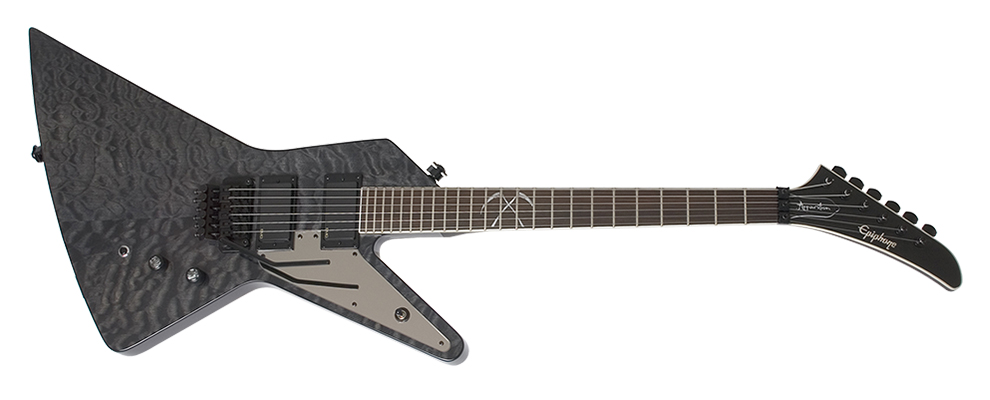
Epiphone
Prophecy Futura Custom FX
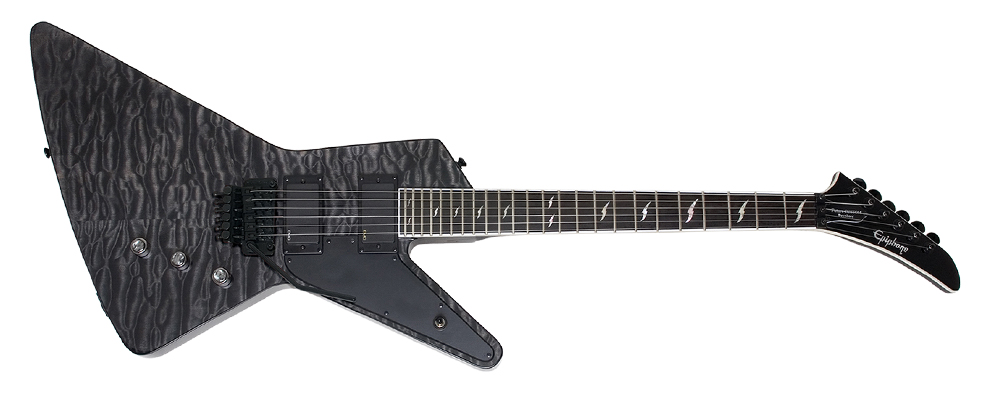
Epiphone
"1958" Korina Explorer
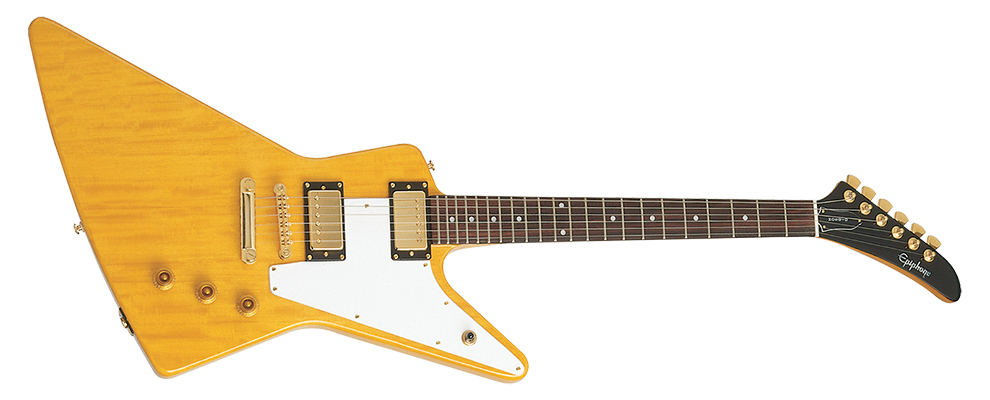
Epiphone
Prophecy Futura Custom EX
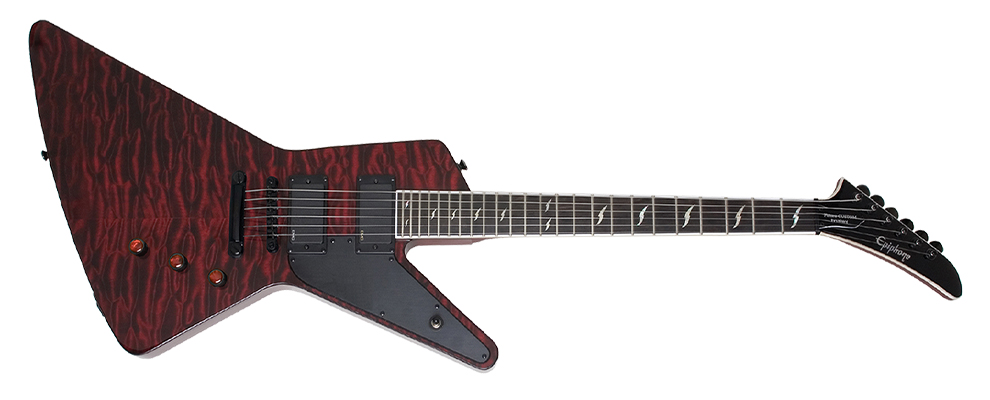

No comments:
Post a Comment